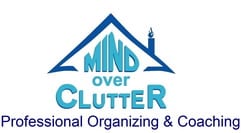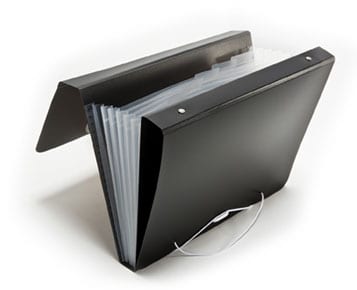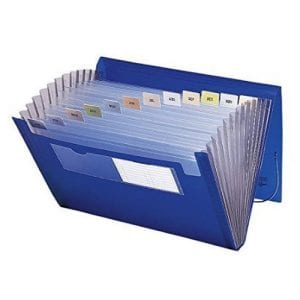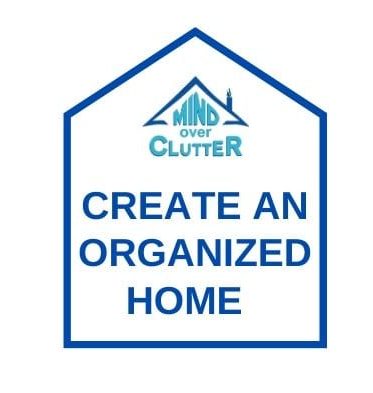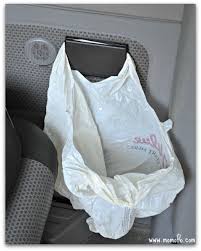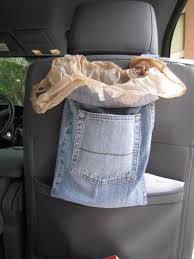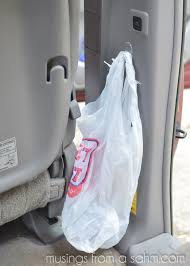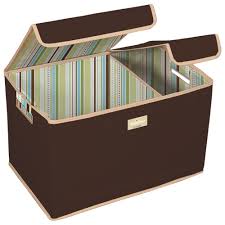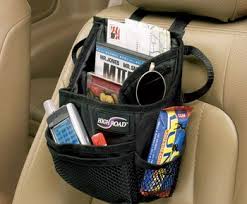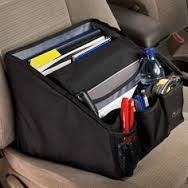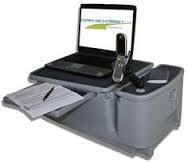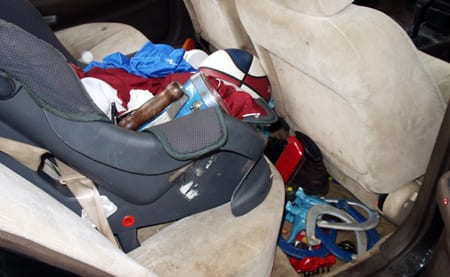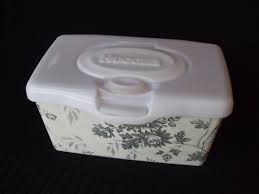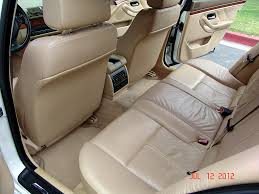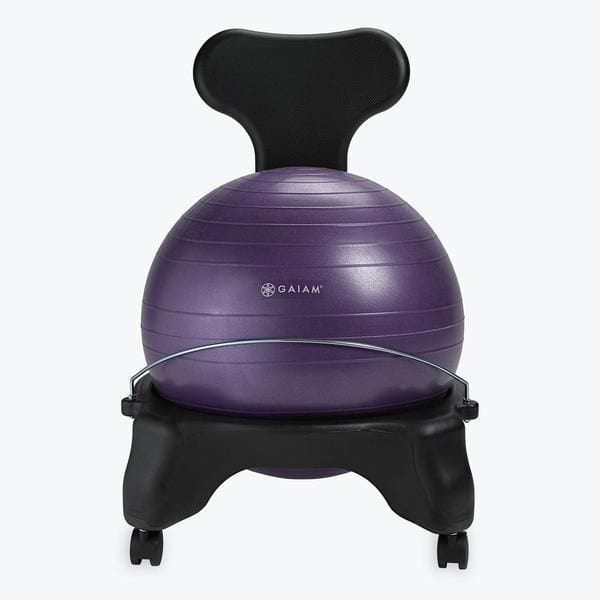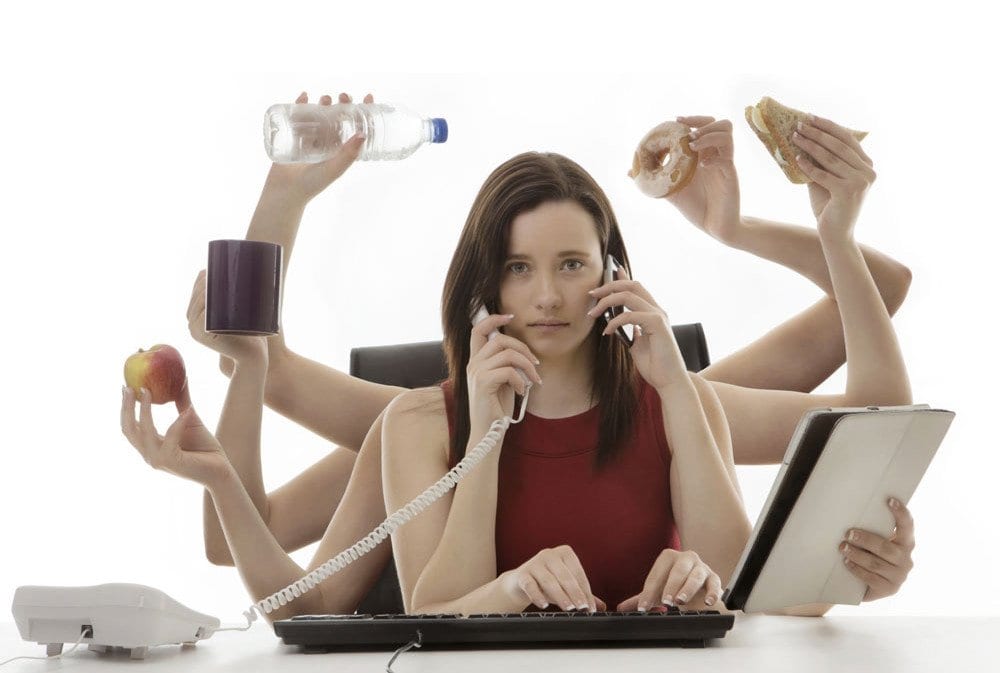Latest Blog Posts
With many people working from home, it is important to have time when you’re not interrupted. Make sure to have a sign or signal that indicates you are unavailable.
Many people realize that multitasking is not the best way to get work completed. However, they experience many small interruptions in their day, e-mail, texting and phone calls that take away from concentrating on a project.
“Drive by” conversations, when colleagues stop by your desk, stop you in the hall or a family member bursts into your office and gives you information also take time away from completing important tasks. As well the information may be forgotten or lost.
Some offices have designated a specific time of the day for working on projects. It is an interruption-free time to concentrate on work during which employees can’t send or answer emails, texts, phone calls, attend meetings, etc. Each office is different so the designated time may be office-wide or scheduled into each person’s work day, week, or month individually. It is important that this time and format are respected by your colleagues, family and supported by management. You may be surprised how much you can get done in one hour without interruptions and your full concentration on one task at a time.
How do you plan on scheduling interruption free time? Let me know in the comments.
 ulie Stobbe is a Trained Professional Organizer and Lifestyle Organizing Coach who brings happiness to homes and organization to offices, virtually using Zoom. She has been working with clients since 2006 to provide customized organizing solutions to suit their individual needs and situation. She uses her love of teaching to reduce clutter, in your home, office, mind and time. She guides and supports you to be accountable for your time, to complete projects and reach your goals. If you’re in a difficult transition Julie can coach you to break-free of emotional clutter constraining you from living life on your terms. Online courses are available to help instruct, coach and support your organizing projects. Get started by downloading Tips for Reorganizing 9 Rooms.
ulie Stobbe is a Trained Professional Organizer and Lifestyle Organizing Coach who brings happiness to homes and organization to offices, virtually using Zoom. She has been working with clients since 2006 to provide customized organizing solutions to suit their individual needs and situation. She uses her love of teaching to reduce clutter, in your home, office, mind and time. She guides and supports you to be accountable for your time, to complete projects and reach your goals. If you’re in a difficult transition Julie can coach you to break-free of emotional clutter constraining you from living life on your terms. Online courses are available to help instruct, coach and support your organizing projects. Get started by downloading Tips for Reorganizing 9 Rooms.
Contact her at julie@mindoverclutter.ca
Click here to learn more about her online course Create an Organized Home.
Twitter – Facebook – Facebook group Organizing Mind and Space
Many people feel the only way to file paperwork is in a filing cabinet in filing folders. I like to say some people file horizontally using files and something to hold them. While other people use files and stack them vertically. Both types of people are doing the same thing in a different direction. Are you a filer (horizontal hanging files) or are you a piler ( vertically stacking files)? Learn about 5 ways you can keep your paperwork controlled.
1. Traditional Filing Cabinets
They come in many sizes and colours. Make sure to get one with drawer sliders so you can easily reach the back of each drawer. Some come with locks others do not. They can be vertical or horizontal. Horizontal cabinets provide a space to set things on, a printer, a plant etc. You can buy a stand that has wheels to set under the filing cabinet to make it easier to relocate.
2. Binders
Binders are a good solution for visual people. You can have them on a shelf and easily see all your files. The binders can be colour coded to make it simple to find the correct binder. Use dividers, pocket dividers or sheet protectors to file papers. Set up the categories you need: household bills, bank statements, warranties etc. Some binders also have a set of accordion files attached to the binder. Here is a review of this product.
3 Rolling Crates/ File Boxes on Wheels.
Use hanging folders and file folders. The advantage to this is you can take them to whatever room you want and the top is open so you can see the files easily. With the crates, you can stack them for easy storage.
Crates make your files portable
Crates on wheels make it easy to store away and then move close to your desk
4. Expandable Files
Use one section for each category of paperwork. For example household bills, income tax, financial documents, insurance policies, warranties, etc. They are great to have one for each member of the family to store papers relating to them, report cards/school documents, immunization/health records, passport and other documents, certificates etc. You can also colour code these files.
Some come with special hooks so you can store them in a filing cabinet or crate.
5. Magazine holders
Magazine holders come in paper and plastic. They are available in many colours and patterns. Try to buy ones with solid sides so papers will not get caught and it can be hard to slide in. Use a holder for each category of paper you need to file. You can colour code your systems making it easier to quickly access the files you need. You can turn them so the spines are facing out, and label them, to reduce the visual clutter of seeing all the papers in each box.
What is your preferred method for filing paperwork? Tell me about your system.


Contact her at julie@mindoverclutter.ca
Click here to learn more about her online course Create an Organized Home.
Twitter – Facebook – Facebook group Organizing Mind and Space
Reading time – 3 minutes
Organizing your home office can lead you in many directions. Perhaps:
- your inbox is inundated,
- your files are filled or
- your time management is missing.
You need to start somewhere so let’s start with the S.P.A.C.E. that houses your office.
Look around your office and start:
1. Sorting the items that are visible into groups of papers, books, office supplies, client files, products, advertising materials etc.
Start with the visible clutter first.
2. Pair down each pile with the items that are current and recycle or shred the rest.
3. Assign a convenient place to store your resources. If you use them often keep them near your desk, if they are used infrequently store them further away but still in your office. If they are never referred to but are needed for tax or legal purposes they can be stored in another room.
4. Take each of those piles and select the best Container for keeping the items organized, binders, magazine holders, bins, boxes etc.
Organize with binders
Organize with bins
Organizing for the person who likes to see everything, the visual person
5. Evaluate your new S.P.A.C.E. to make sure it will help you be more efficient, productive and profitable this year.
Share one of your office organizing tips in the comment box.




Contact her at julie@mindoverclutter.ca
Click here to learn more about her online course Create an Organized Home.
Twitter – Facebook – Facebook group Organizing Mind and Space
Perhaps you are familiar with the Professional Organizer industry. It is an unregulated industry. Anyone can call themselves a Professional Organizer. Professional Organizers in Canada (POC) was established about 23 years ago and the National Association of Productivity and Organizing Professionals (NAPO) the American organization is about 40 years old. Look for organizers listed on these directories. Most Professional Organizers have their own businesses and specialize in areas of organizing. As you read their websites you will be able to see their years of experience, type of training and continuing education.
What happens when I call an organizer?
Usually, there is some type of conversation over the phone, Zoom or email to discover what type of organizing dilemma you want solved. It might be to have a space organized, help with moving, develop systems to make things function more smoothly, downsizing, coaching or virtual organizing etc. Then there is a description of how the job will be completed. This is about the only common business practice. Since we all own our own businesses we have varying ways of continuing.
When you contact Mind over Clutter:
Can I get an estimate of the cost for the work to be completed?
Most times it is hard to estimate how long a job will take during the conversation. I offer a free one-hour assessment to my in-person clients to see what the job entails and give you an idea of how long I think it might take and what we will do. I also offer a 30-minute assessment to my virtual clients. One of the biggest factors on how long a job will take is how easily and quickly you can make decisions if items stay or go. The second factor is, sometimes the job expands to include unforeseen work: filing papers, assembling shelving or bookcases, corners and areas not discussed during the assessment. I work at an hourly rate and offer a package of 10 hours at a reduced rate.
How does it work?
My virtual clients have 4 ways of working with me.
- A series of mini sessions
- Be there with you online as you work on your project to support, coach and mentor you
- Complete plan is developed for you to do on your own timeframe
- Develop routines and systems to help manage your time
80% of my in-person clients work with me to go through items and decide what will stay and what will be donated or recycled. Then we discuss the best place and way to store the items so they can be easily found and used. Most clients like to learn the skill of organizing and so working together helps them to learn where start, how to sort, how to decide what stays and what goes, how to store things in containers and where is the best location to store different types of items.
What if I don’t want to help or can’t help?
If you don’t want to help, I can work alone sorting items based on our conversation on what you want to keep and what you want to donate. Then I create a donate pile and a garbage pile and a recycle pile. Nothing leaves the house until you have looked through each pile. If you can’t help, you can sit with me and I can bring you things to do and you can answer my questions.
What if I need some guidance but can do all the work myself?
We can work together virtually. You show me the space to organize over Zoom and I send you a plan and you complete the work. Here is more information about virtual organizing. Or I can coach you through the process in a conversation in-person or virtually by discussing what you want to accomplish and how you can accomplish it.
Maybe you don’t want me to see your home. You can purchase my online course, Create an Organized Home and use the step-by-step videos, worksheets and checklists to complete your project. You will have access to me through a Facebook group.
What happens with donations and recycling?
At the end of each work session, I take the donations. I will drop them at centers that will take your things. I can take them to the donation center of your choice too. I take non-curbside recycling at the end of each session. Usually, that includes batteries, paint cans, small electronics, small appliances, textile recycling, medications, and plastic bags.
Why wouldn’t I just do it myself after the one hour free assessment?
Some people do. They have enough information and can continue with the job. Most people feel overwhelmed and stressed by doing it on their own. They find it easier to work with a professional who can guide them through the problem, help solve it and reduce the stress they feel about the situation. Working with someone makes you block time out for the appointment and helps you to stop putting it off. It is always more fun working with someone than working alone.
My virtual clients find that working with me makes them accountable to themselves and to me, especially in the mini-session program. We work together weekly, biweekly or monthly.
Will you give me homework to do?
Only if you want it. Some people like to keep going with the work and get it done quickly. Some people don’t want to work alone or would feel bad if they didn’t get the homework done so I don’t that person anything to do. There are some tasks that are very time consuming and if you can do it on your own it makes it more cost effective for you, sorting paper, going through books, CDs, VHS tapes, and clothing. However, those tasks can be difficult to figure out what to keep and what to donate, so it might be easier for you to do it with me present.
Let’s chat
If you need more information book a complimentary 30-minute virtual chat with me, whether you want to work in person or online. I hope to hear from you soon.
Please post your questions in the comments.



Contact her at julie@mindoverclutter.ca
Click here to learn more about her online course, Create an Organized Home.
Twitter – Facebook – Facebook group Organizing Mind and Space
Reading time: 10 minutes
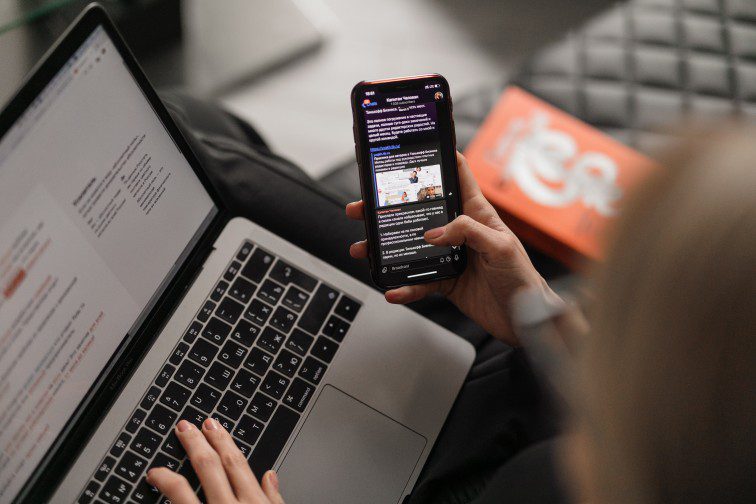

It is no wonder that you are so distracted by e-mail that you can’t get anything done. Here are 5 tips to help you manage your email communications.
1. Turn off the audio reminder of e-mail arriving in your inbox so you won’t be distracted from the task you are trying to complete.
2. Set aside two or three specific times of the day to check your e-mail and respond to quick items with a ‘yes’ or ‘no’. Schedule, in your agenda, longer e-mails to be answered when you have more time.
3. Cut down on those 121 emails by reducing the number of lists and newsletters you subscribe to. They are just like magazines that lie around waiting to be read and creating a feeling of stress in you.
4. Keep your inbox as empty as possible by creating folders to store receipts, orders, invitations, information etc. Search functions do work well for finding old emails, leaving them all in your inbox means you spend time re-reading emails.
5. Don’t respond to e-mails from companies and people you don’t know. Don’t respond to any e-mail asking for or giving you money.
The average professional spends 2.6 hours each day on approximately 120 emails. Share on XShare your best tip that helps you use email productively.



Contact her at julie@mindoverclutter.ca
Click here to learn more about her online course Create an Organized Home.
Twitter – Facebook – Facebook group Organizing Mind and Space
Reading Time – 5 minute
In 2020 technology become a communication lifeline. It was used for education, business, family communications, school and social events. It became the most important method of communication and entertainment. Zoom took over life. Will this be a difficult habit to change? Do you want to reduce your reliance on technology? Did technology get you the results you wanted for your life? The ideas and thoughts in this 2014 article by Harold Taylor still hold true for 2021. How are you going to manage your technology going forward?
By Harold Taylor
Harold Taylor is a time management expert. He has published over 17 books and presented over 2000 seminars.
An online poll of over 1000 Canadian adults released last Saturday by Angus Reid/Vision Critical (Toronto Star, January 26, 2013) revealed that 90% of the respondents believed their smartphones made their lives more convenient. So convenient, evidently, that 30% of them went online before getting out of bed, 31% at the dinner table, 29% in the washroom and 42% before falling asleep at night,
Smartphones may be smart, but they lack intelligence. Why are we so willing to be at the beck and call of an idiot? The Internet leads anywhere, which for the undisciplined means nowhere. Why browse away the hours? Email, computer games and social media are endless, but our time is not. Why do we behave as though we will live forever?
Smartphones maybe smart, but lack intelligence. Harold Taylor Share on XResearch shows that the Internet and digital technology can have a negative impact on our ability to learn, focus, pay attention, memorize and relate to others on a personal basis. It also gobbles up our time, encourages busyness and multitasking and stifles creativity.
The futures of our business, personal lives, and our nations do not depend on the development of technology, but on our ability to manage the technology we develop.
Technology is important, it can’t be avoided, you’re reading this blog, lol.
Comment on how will you change your use of technology?



Contact her at julie@mindoverclutter.ca
Click here to learn more about her online course Create an Organized Home.
Twitter – Facebook – Facebook group Organizing Mind and Space
Reading time 5 minutes
We are looking forward to using our vehicles more and travelling again. Vehicles are used as mobile offices, restaurants, entertainment centers, locker rooms and homework stations. Keeping a vehicle clean can be easy. Here are 7 tips to help you organize your vehicle.
Garbage Bag
1. Have a plastic garbage bag in the front and back seats of your vehicle. It can be hooked on the headrest or armrest. Make sure all garbage is put in the bag and not all over the floor. When the bag gets full unhook it and put it in your garbage can on the way into the house. Keep a few extras in the vehicle.
Have a backpack ready
2. If you have a young child keep a backpack ready at the door to take with you in the car. Fill it with things your child can use to entertain themselves. When you arrive at home put everything back in the backpack and bring it into the home. This prevents toys, papers and video games from being left all over the vehicle. It also prevents things from being damaged by being left in a sweltering vehicle.
Use your cupholders for temporary storage
3. Cup holders are a great invention. Put a clean tall cup in the holder and use it to hold pens, pencil crayons, small toys, notes, papers, and snacks. It will help to keep items confined to a space and prevent them from being lost in the vehicle.


Use a cup for your change. it will be easier to retrieve your change. Keep the cup in your cup holder.
A portable office
4. If you use your car for an office try using a bin, box, bag to contain all your supplies. There are a number of portable office organizers available or make one that is personalized for your situation.
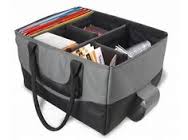

This is a portable office that can easily be taken with you to the car, meetings, library or hockey arena
You spend a lot of time in your vehicle. Keep it a safe and healthy place free from flying objects and germs. Share on XClean up messes quickly – people and the vehicle
5 . Keep disposable wet wipes in the glove compartment for quick clean-ups. I have a small container of water, soap and a cloth for washing hands and faces. I keep it in a small box so it won’t roll around the van. I bring it in and change the water and put it back the next time I go to the van. Keep a roll of paper towels handy. You never know when they will come in handy for bigger clean-ups. If you have a mess in the vehicle clean it up right away. You have the products with you so it is an easy job. Always take everything out of the vehicle when you arrive home. Use the car door pockets and seatback pockets for items that permanently stay in the car. If you start with a clean vehicle on every trip it is easier to keep it clean.
Keep your cargo area under control
6. It is easy to put things in the back or trunk and arrive home and rush into the home. If you don’t take the things out then when you add more it becomes fuller and fuller. There are certain things that live in the cargo space. Find a home for them. A box, crate, a built-in storage area, a bag hooked to the side with a 3M hook, under the bottom by the space tire. Make sure the other items are stored back in their proper place in the garage, basement or home.
Seasonal storage “locker”
7. Sometimes the cargo area is used as a seasonal storage “locker” because there isn’t an easy place to store and access sporting equipment. Some situations are hockey bags, golf clubs, soccer equipment and water sports. When the season is over clear out the gear. Wash it, clean it, dry it and store it away until next year. Leaving wet equipment in your vehicle year-round will cause it to deteriorate and get mouldy.
I think I covered most problems in your vehicle, including garbage, toys, paperwork, messes and cargo areas. What did I miss? Let me know in the comments.



Contact her at julie@mindoverclutter.ca
Twitter – Facebook – Facebook group Organizing Mind and Space
Click here to learn more about working with a Professional Organizer.
With more people working from home, it is a good time to look at your office design. When I started organizing in 2006 I learned about organizing efficient offices so you didn’t waste time away from your desk. Starting in 2014 new research was telling us to organize offices to help you be active. Stand up, sit less and move more. Share on X
Even the most well-designed office can make you feel chained to your desk. Make sure that you can get up and take a walk occasionally, or maybe move to a secondary location where you get a little work done without sitting in the same place all day.
Organize an Active Workstation
Stand up Sit less Move more
An active office is defined “as a workplace design concept that proposes an integrated supportive environment, which aims at the reduction of sedentary behaviors and promotion of physically active work processes that are characterized by regular changes between different work-related tasks, workstations, and working postures.” Try adding to your traditional desk, elements such as active seats, standing desks, and whiteboards to help you get moving.
Products that make your office active
Use an exercise ball as your chair. You constantly contract and release muscle tension to help your balance. This muscle contraction helps you to be more active and less sedentary.
Invest in a sit stand desk. They are very economical and allow you to transition from sitting to standing as you change the type of work you are doing. It is the transition from sitting to standing and standing to sitting every 30 minutes that give you the health benefits associated with an active office design.
Make a larger investment and buy a treadmill desk. It allows you to walk while working.
There are many more products you can use in your office.
Health benefits of an active office design
Studies are showing that it is transitioning from one position to another that is good for your health; it activates muscle contraction and circulation.
Studies suggest that transitions between sitting and standing be made every 30 minutes.
This is a link to a great article http://mi-lab.org/files/2012/02/ActiveOffice-final.pdf
If you need a virtual presentation on this topic for your staff that is working from home, contact me.


Contact her at julie@mindoverclutter.ca
Click here to learn more about her online course Create an Organized Home.
Twitter – Facebook – Facebook group Organizing Mind and Space
Some people say they don’t need very much sleep. Recently a super sleep gene was found. Only about 5% of people have it. It allows their body to cycle through the REM and non REM sleep cycles more quickly so the person feels more rested in a shorter amount of time. Unfortunately, about 30% of people report only needing 4 hours of sleep a night. So about 25% of those people would benefit from more sleep. Harold Taylor is a time management expert. He publishes a newsletter, Taylor Time Newsletter. The August edition has a great article on sleep and time management.
by Harold Taylor Work Smarter is more about Timing then Technology
What are sleep cycles?
When we sleep, we do so in approximately 90-minute cycles throughout the night, each cycle consisting of five stages – four stages of non-REM sleep (about 75% to 80% of our sleep time) and one stage of REM sleep (about 20% to 25% of our sleep time.)
The first REM stage begins about 90 minutes into our sleep and then the cycle begins again about every 90 minutes until we wake up.
Scheduling your worktime and projects
What most people don’t realize is that these 90-minute “sleep cycles” run through the entire day. We obviously don’t sleep during the day if we have slept sufficiently during the night, but the cycles become waves of high and low energy and are referred to as ultradian rhythms. Our internal clocks are critical to our personal performance as well as our health and well-being. Our body has many internal “clocks,” each operating independently but in constant communication with one another.
In a few of my books and articles and all of my seminars, I talk about scheduling projects in 90-minute segments.I recommend that people find their high energy time in the morning and start working on their top priority items for about 90 minutes Share on X
I have always known that I was more productive working in sixty or ninety-minute chunks of time, and I suggested all kinds of reasons for it – such as it was the maximum amount of time I could work without having to be interrupted or even interrupting myself. But I never knew until recently that ultradian waves of high and low alertness had actually been identified. One study of young violinists back in 1993 revealed that the best violinists all practiced the same way – in the morning in three segments of no more than 90 minutes with a break between each segment. The same thing was noticed among other musicians as well as athletes, chess players and writers.
I recommend that people find their high energy time in the morning and start working on their top priority items for about 90 minutes. Then take a break of about 15 or 20 minutes before starting the next task. Following the second 90-minute work session there should be a break of at least an hour before resuming. (This could be lunch and a brief walk.) It will take time to get into the right pattern. You have to listen to your body to determine the best start time and the actual duration of your high-alertness cycle.
Breaks are important too
You don’t necessarily have to take a coffee break, go for a walk or do stretches during your breaks as long as you switch to a different type of task. There are three basic types of activity – mental, physical and emotional. If you have been working on a mental task requiring intense concentration such as writing a business proposal, a switch to cleaning your work area, filing or checking messages on Twitter or Facebook for twenty minutes might be just as relaxing to the mind as a twenty-minute chat at the coffee center.
Use your natural body rhythms to be more efficient
The problem is that people have been fighting their natural body rhythms by feeding it coffee and other stimulants and therefore developing inefficient working habits. They have likewise short-circuited their natural sleep cycles with late nights, artificial lighting and stimulating electronics.
Contact www.taylorintime.com to subscribe to his newsletter
Virtual organizing allows me to support your organizing projects by providing planning, coaching and mentoring while both remaining safely at home.
Book a 30 minute complimentary virtual organizing assessment to help develop your productivity. https://mindoverclutter.as.me/virtualorganizingassessment




Contact her at julie@mindoverclutter.ca
Click here to learn more about her online course Create an Organized Home.
Twitter – Facebook – Facebook group Organizing Mind and Space
Here is a short excerpt from an article by Harold Taylor. Harold Taylor is a time management and productivity expert.
Change your environment in some way to offset your natural inclination to avoid doing things you don’t like.
You can minimize distractions:
- turn off your cell phone,
- disengage voicemail,
- turn off email alerts and
- close your office door at specific times while you work on your priority projects.
You can minimize visual distractions:
- remove all clutter and other potential distractions from your immediate work area
- including any in-baskets, they give you an excuse to chat with the person dropping off paper
- don’t have family photos or memorabilia in your line of sight
- face a blank wall, not a window or open doorway.
You can set-up a work schedule:
- Work on projects for 60 or 90 minutes at a time – maximum.
- Then change to another type of work for 15 minutes
- Work on a project for 60-90 minutes
- Then take a 30 minute break, doing something completely different from your previous work
- Work for 60 more minutes on a project
If you find that’s too long to postpone urges to interrupt yourself, shorten the work sessions. You can always increase them gradually later. Between sessions, you can check email, return phone calls and grab a coffee. Work in short sprints rather than attempt marathons. Research shows that it takes a lot of energy to practice willpower.
Resist the temptation to interrupt yourself
Do what you can to develop a work environment that makes it easier to resist the temptation of interrupting yourself or others, checking email constantly, grabbing for your smartphone whenever there’s a call or being distracted by other things.
To subscribe to his monthly newsletter on Time Management go to www.taylorintime.com


Contact her at julie@mindoverclutter.ca
Click here to learn more about her online course Create an Organized Home.
Twitter – Facebook – Facebook group Organizing Mind and Space
